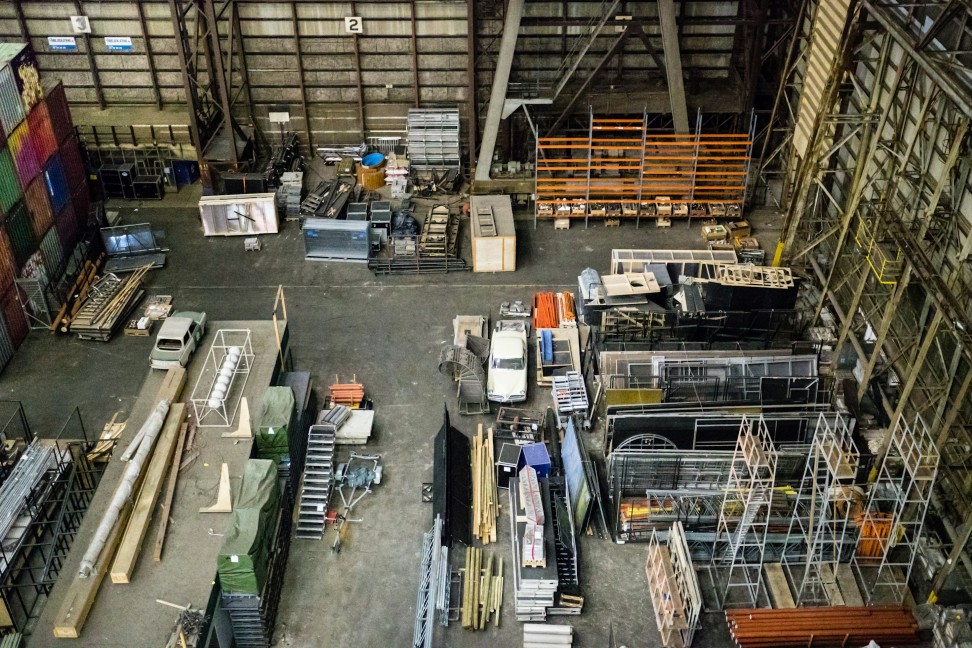Climate change is undoubtedly one of the most pressing issues of our time, with far-reaching implications for nearly every aspect of our lives, including the field of engineering. As the planet continues to warm due to rising levels of greenhouse gases in the atmosphere, engineers are being forced to adapt their practices in order to mitigate the impacts of climate change and create a more sustainable future.
One of the key ways in which climate change is impacting engineering practices is through the increasing frequency and intensity of extreme weather events. From hurricanes and typhoons to droughts and wildfires, these events not only pose immediate threats to infrastructure but also highlight the need for engineers to design structures that can withstand the effects of a changing climate. In response, engineers are incorporating climate change resilience into their designs, using tools such as climate risk assessments and adaptive design strategies to ensure that their projects can withstand the impacts of extreme weather events.
In addition to extreme weather events, climate change is also affecting the availability of natural resources, such as water and energy, which are essential for many engineering projects. With increasing droughts and water scarcity, engineers are being forced to find innovative ways to conserve and reuse water in their designs. Similarly, as the demand for renewable energy sources continues to grow, engineers are developing new technologies, such as solar panels and wind turbines, to harness the power of the sun and wind in a sustainable way.
Furthermore, climate change is also impacting the way in which engineers approach infrastructure projects, such as roads, bridges, and buildings. With rising sea levels and increased coastal erosion, engineers are having to rethink traditional designs and incorporate measures to protect infrastructure from the effects of sea-level rise. Additionally, as urban populations continue to grow, engineers are working to design more resilient and sustainable cities that can adapt to the impacts of climate change, such as increasing temperatures and more frequent heatwaves.
Another important aspect of the impact of climate change on engineering practices is the need for engineers to consider the carbon footprint of their projects. With the construction industry accounting for a significant portion of global greenhouse gas emissions, engineers are being called upon to design more energy-efficient buildings and infrastructure projects that can help reduce carbon emissions. This includes using sustainable materials, incorporating green building practices, and designing projects with energy-efficient systems that can help reduce the overall environmental impact of construction.
As the impacts of climate change continue to become more pronounced, the role of engineers in mitigating these effects will become increasingly important. By incorporating climate change resilience into their designs, finding innovative ways to conserve natural resources, and reducing the carbon footprint of their projects, engineers can help create a more sustainable future for generations to come. It is clear that the field of engineering will need to continue to adapt and evolve in response to the challenges posed by climate change in order to ensure the resilience and sustainability of our built environment.













